Explosive welding is a fascinating and innovative technique that uses controlled explosive energy to bond two dissimilar metals. Known for creating exceptionally strong joints, this process is widely used in industries like aerospace, petrochemicals, and shipbuilding. By utilizing explosive forces, this method achieves bonds that are impossible with conventional welding techniques.
What is Explosive Welding?
Explosive welding (EXW) is a solid-state welding process that uses the high-energy impact of explosives to bond two or more metals together. Unlike traditional welding methods, explosive welding does not involve melting the materials. Instead, the metals are joined through a combination of high velocity and pressure, creating a metallurgical bond at the atomic level.
This technique is especially effective for cladding applications, where a thin layer of one metal is bonded to a base metal. It allows for joining materials with vastly different properties, such as steel and titanium or copper and aluminum, making it invaluable in industries requiring corrosion-resistant or high-strength materials.
Explosive Welding Process
The explosive welding process involves three main steps:
- Preparation of Materials: The metals to be bonded are carefully cleaned and prepared. One metal, called the base plate, is positioned stationary, while the other, the flyer plate, is placed above it at a specific angle.
- Placement of Explosives: A layer of explosives is evenly distributed on top of the flyer plate. The amount and type of explosive used depend on the materials being joined and the desired bond strength.
- Detonation and Bonding: The explosive is detonated, creating a high-velocity impact. The force generated propels the flyer plate onto the base plate, resulting in a powerful collision that bonds the metals.
The collision creates a characteristic wavy interface between the metals, enhancing the bond strength and ensuring a seamless connection.
How Explosive Welding Works?
Explosive welding works by leveraging the energy released during an explosion to drive the metals together at extremely high speeds. The key aspects of how this process works are:
- High-Velocity Impact: The explosive force propels the flyer plate toward the base plate at supersonic speeds, creating a pressure wave that initiates the bond.
- Jet Formation: As the flyer plate approaches the base plate, the extreme pressure and velocity cause a thin layer of material to jet out from the interface. This jet cleans the surfaces, removing oxides and contaminants, ensuring a clean bond.
- Plastic Deformation: The high-energy impact causes plastic deformation at the contact point, allowing the metals to mix and bond at a molecular level.
- Wavy Bond Interface: The resulting bond often has a wavy interface, which increases the surface area of the bond and contributes to its strength and durability.
This method can join metals with vastly different melting points, thicknesses, and mechanical properties, making it a versatile solution for industrial applications.
Conclusion
Explosive welding is a remarkable process that transforms explosive energy into a highly controlled bonding technique. Its ability to join dissimilar metals with exceptional strength and precision has made it a go-to solution for industries that demand durability and performance.
By understanding the principles and mechanics of explosive welding, manufacturers can harness its unique advantages to push the boundaries of material science and engineering. This innovative process continues to play a critical role in modern manufacturing, enabling the creation of advanced materials and structures that power the industries of tomorrow.

